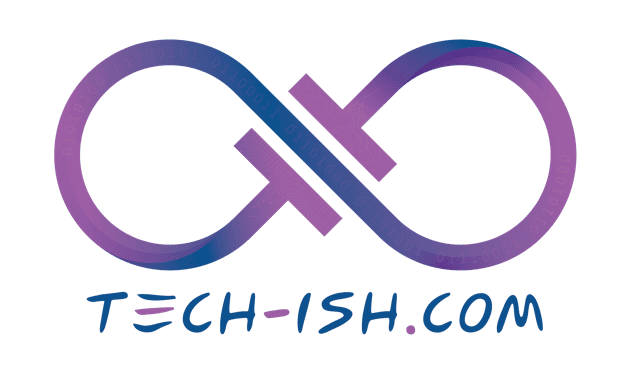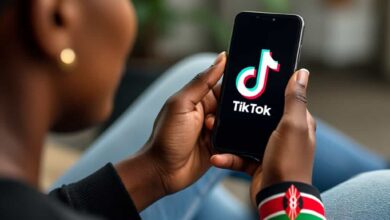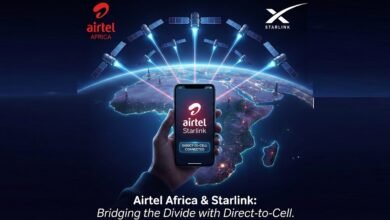
After years of focusing on network expansion, the mobile industry and its global partners are now pivoting to a new, more complex challenge: making the internet accessible, affordable, and usable for everyone. The GSMA’s “State of Mobile Internet Connectivity 2025” report concludes with a powerful call to action, outlining a roadmap to finally close the digital divide.
The strategy centers on targeted, collaborative efforts to dismantle the key barriers of affordability, skills, safety, and relevance.
The Game-Changer: A $30 Smartphone
A key highlight from the report is a tangible target for handset affordability. GSMA analysis shows that a device priced at $30 could make handsets affordable for up to 1.6 billion people who currently live within mobile coverage but remain offline.
Vivek Badrinath, Director General of the GSMA, emphasized this point in the accompanying press release: “A device at $30 could make handsets affordable to up to 1.6 billion people who are currently priced out of connecting to available mobile internet coverage.” He added, “To produce this will require a concerted, collaborative effort between the mobile industry, device manufacturers, policy makers, financial institutions and more, but it is a responsibility we all must shoulder.”
To this end, the GSMA launched the Handset Affordability Coalition in 2024, an initiative that brings together mobile operators, vendors, and international organizations like the World Bank Group and ITU to accelerate smartphone access in LMICs.
A Multi-Pronged Approach to Digital Inclusion
Beyond device cost, the GSMA report recommends a holistic strategy for all stakeholders—from governments to mobile operators.
1. Tackling Affordability on All Fronts The report advocates for lowering the cost of both handsets and data through innovative pricing, expanded financing options, and favorable tax policies that promote uptake.
2. Building Knowledge and Skills There is a need for widespread digital skills initiatives that are tailored to the life needs and circumstances of users. This includes driving awareness not just of the internet’s existence, but of its tangible benefits and uses.
3. Creating a Safe and Relevant Online World To build consumer trust, stakeholders must establish frameworks to address online risks like harassment, fraud, and harmful content. Simultaneously, supporting local digital ecosystems is crucial to create content and services that are relevant, accessible, and available in local languages.
4. Strengthening Fundamental Enablers Progress also depends on reliable access to electricity, inclusive digital ID systems, and accessible customer service points. Overcoming restrictive social norms that may prevent women or other groups from accessing technology is also paramount.
The message is clear: the technology and infrastructure are largely in place. The final, most difficult miles in the journey to universal connectivity will be won not through building more towers, but through collaboration, targeted policies, and innovations that place the needs of the world’s 3.1 billion underserved individuals at the very center of the strategy.







